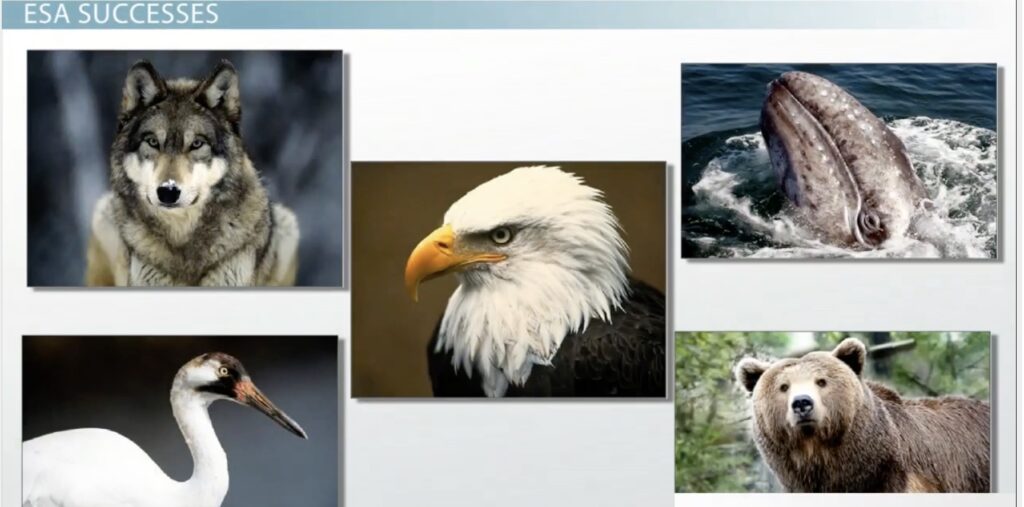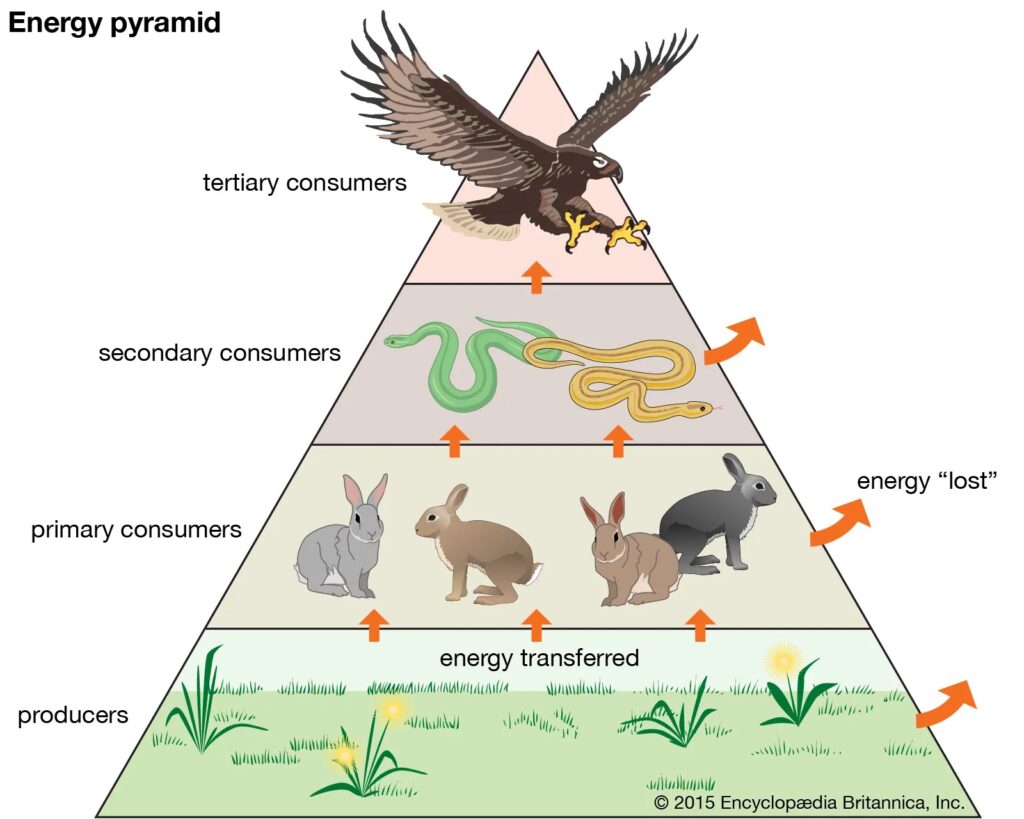By Sawyer Berry, Age 10, Helping Ninja
I think that more people need to support the ESA (Endangered Species act) so more money can be used to save even more species. Some success stories of species that have been endangered and then saved, or repopulated and removed from the endangered list are: the bald eagle, grey wolf, grey whale, grizzly bear, and the whooping crane.

So that habitats can be restored and more species won’t go extinct.
There are two main categories under the ESA: threatened and endangered. A threatened species is one that faces endangerment in the near future. An endangered species is one that is in danger of becoming extinct in the near future.
Cheetahs, for instance , are endangered.
Why are they endangered? Because they are poached, killed, and skinned for their fur for items like clothing, blankets, and rugs. They also die cause of loss of habitat.
What happens if cheetahs go extinct?

Because cheetahs are apex predators and they balance the ecosystem, it would effect our environment negatively.
If cheetahs no longer existed, there would be a domino effect referred to as a trophic cascade. There would be too many herbivores resulting in loss of vegetation, greater soil erosion, less available water, and a negative impact on the health of the ecosystem. Cheetah.org

Trophic cascades are powerful indirect interactions that can control entire ecosystems. Trophic cascades occur when predators limit the density and/or behavior of their prey and thereby enhance survival of the next lower trophic level.

Watch a video to learn more about a Trophic Cascade.
According to an article I read:
While the ESA is the main piece of legislature we have in the U.S. for protecting species, the International Union for Conservation of Nature, or IUCN, is responsible for publishing the Red List of Threatened Species, which is a global list of all species that are considered threatened or endangered. The World Conservation Strategy of the IUCN is a plan to bring governments and local communities together in an effort to eradicate animal and plant extinction. A major premise of the World Conservation Strategy is that ‘protected areas and threatened species could most effectively be safeguarded if local people considered it in their own interest to do so.’ This means that if people in a local area or region took it upon themselves to conserve a habitat and species instead of being forced to do it by the government, the number of organisms on the Endangered Species List would be much lower. Sited: Study.com
